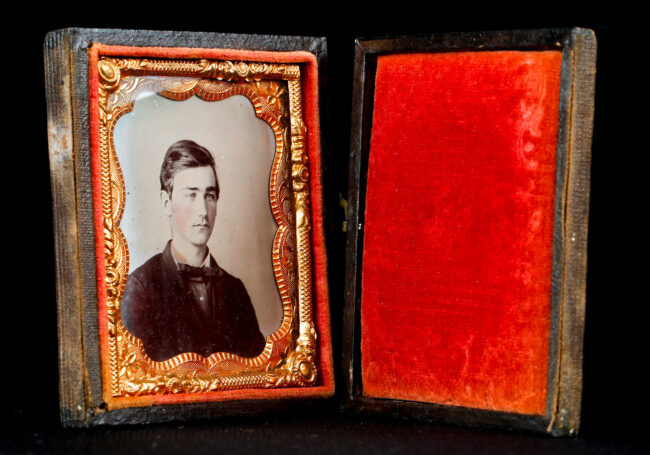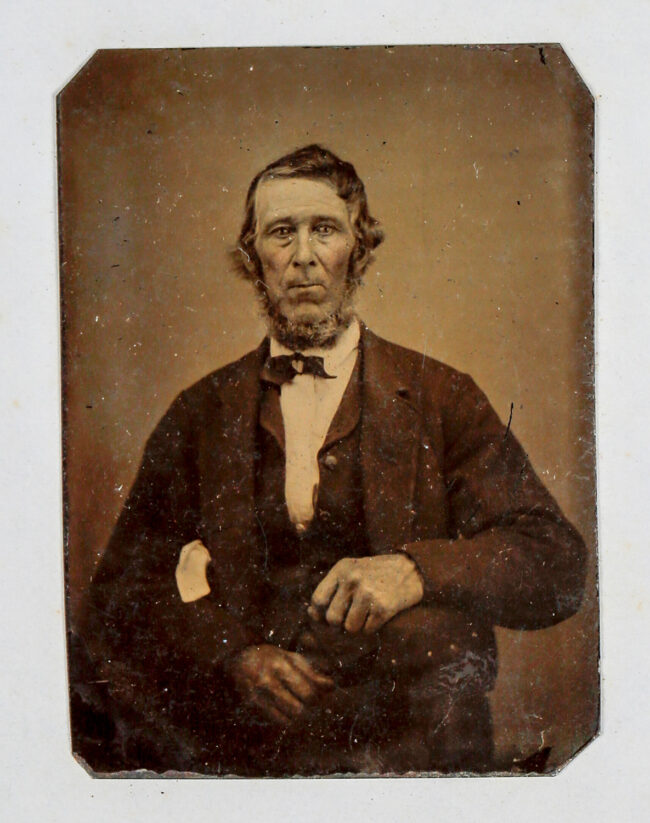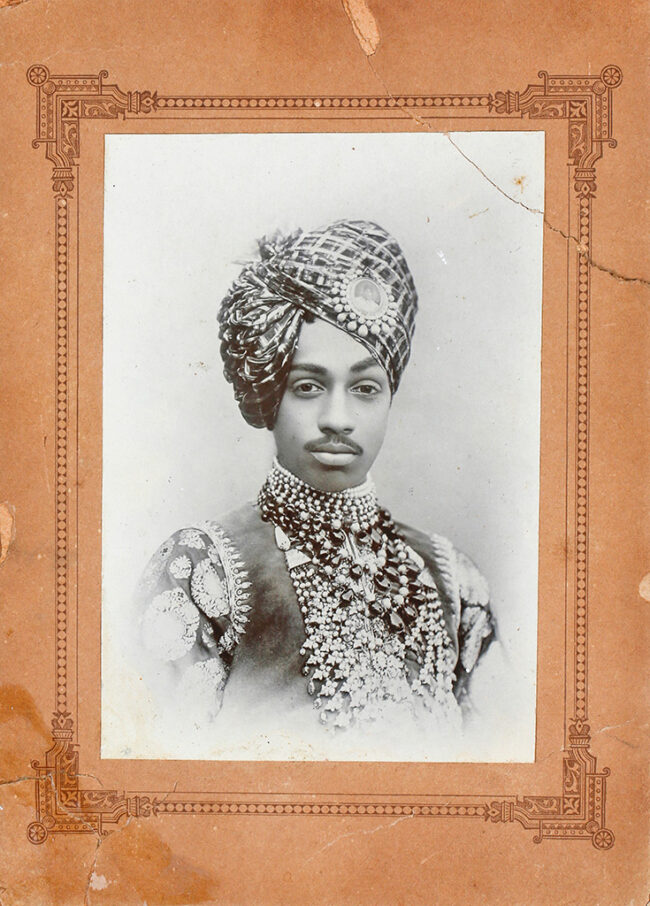Portrait of American Boys, c.1850, Daguerreotype, 70×55 mm, Unknown Photographer, PhotoMuse Collection, 2017, Gift of Dr. Unni Krishnan Pulikkal, Source – Mr. Dennis Waters, USA.
The daguerreotype was the first commercially successful photographic process (1839-1860) in the history of 19th-century photography. Named after the inventor Louis Jacques Mandé Daguerre, each daguerreotype is a unique image on a silvered copper plate. To make the image, a daguerreotypist would polish a sheet of silver-plated copper to a mirror finish, treat it with fumes…




